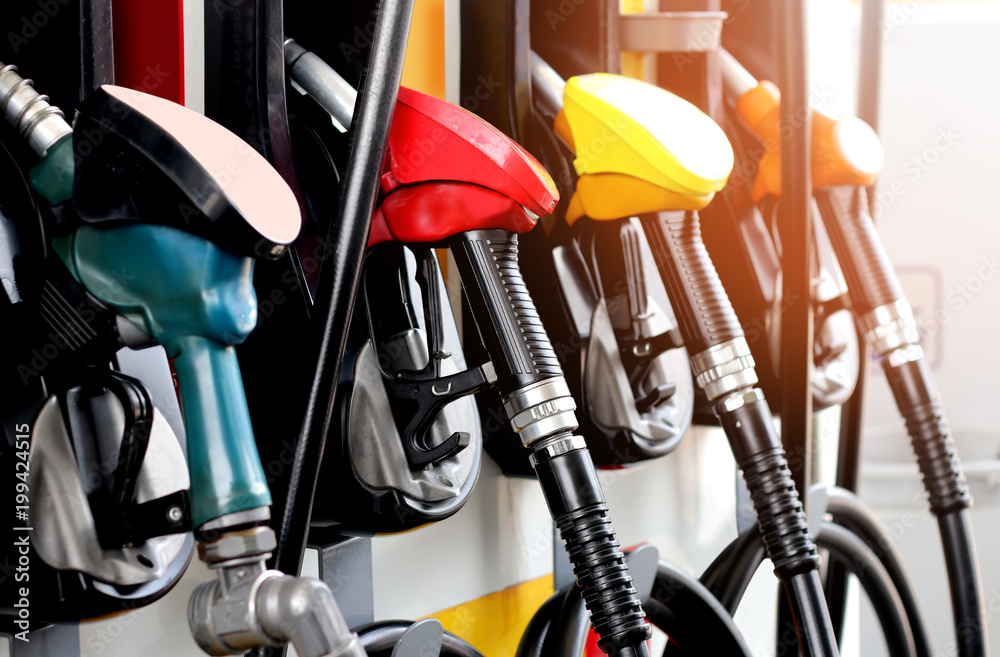Ray-IN
Well-known member
Top tier gasoline, and brands: https://www.consumerreports.org/car...r-gasoline-worth-the-extra-price-a7682471234/It would be interesting to know what that is- I've never come across any gas "branded" that way. So is this just a general term (capitalized so probably not) or a specific label you can find on a gas pump?

TOP TIER™ Gasoline Brands - TOP TIER™
TOP TIER™ Gasoline Brands. All retail locations within the licensed country must meet the high standards of the TOP TIER™ program.
 www.toptiergas.com
www.toptiergas.com
